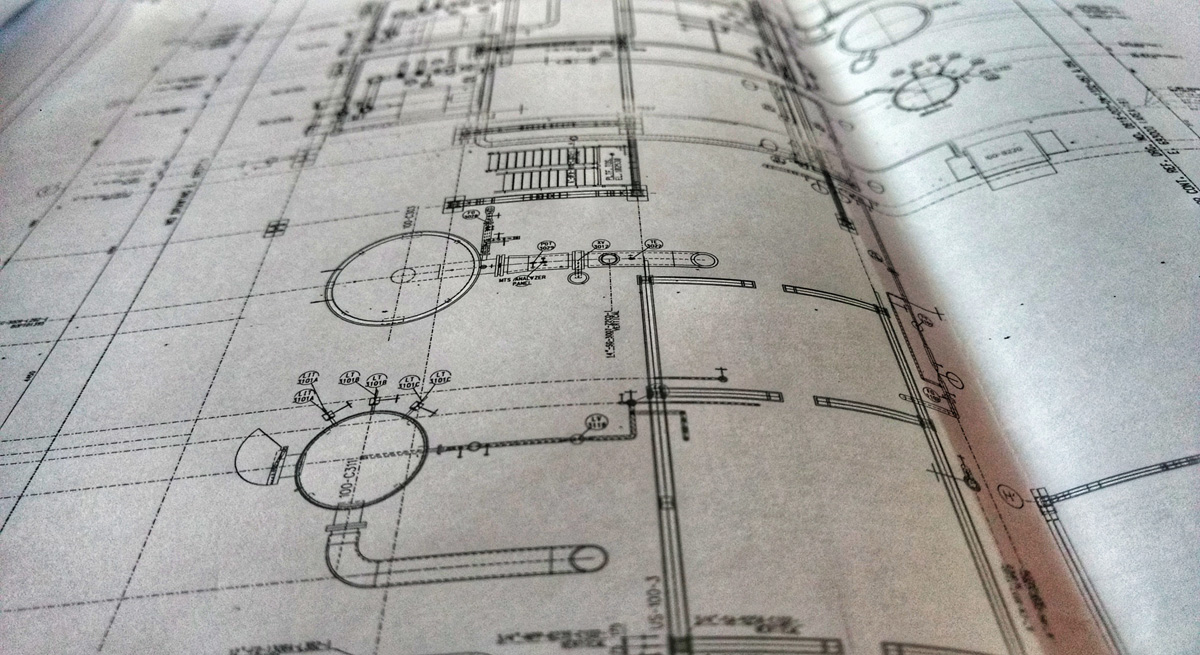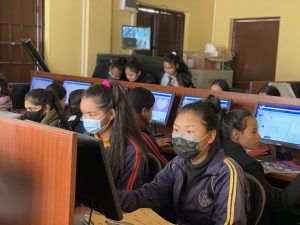
Engineering is remarkably a creative process. It is all about designing something new under the given conditions provided by technical, economic, business, political, social, ethical, and environmental issues. Likewise, engineering education is the activity of teaching knowledge and principles for the professional practice of engineering.
The Nepal Engineering Council (NEC) has approved 51 engineering colleges across the country and they have launched various courses.
Everyone in this field knows that engineering is the process of solving complex real-world problems with critical and innovative thinking. So, the vision of the engineering education system in Nepal should reflect people’s aspiration of development and their desire to live with dignity.
Accordingly, the engineering education systems in different countries are different to meet reeds and wishes of the places.
But, what if we compare engineering education systems of two developed countries—the United States and China–with the diverged engineering education system so as to find out which one is more adaptable to Nepal?
Top-ranked engineering institutes in China and their global ranking (QS World University Rankings, 2018)
|
Top-ranked engineering institutes in the USA and their global ranking (QS World University Rankings, 2018)
| Universities | Engineering ranking in the USA | Global Engineering ranking |
| Massachusetts Institute of Technology | 1 | 1 |
| Stanford University | 2 | 2 |
| University of California Berkeley | 3 | 11 |
| Harvard University | 4 | 13 |
| Georgia Institute of Technology | 5 | 24 |
| California Institute of Technology (Caltech) | 6 | 26 |
| Carnegie Mellon University | 7 | 31 |
| University of California Los Angeles | 8 | 35 |
| Princeton University | 9 | 38 |
| The University of Illinois at Urbana-Champaign | 10 | 46
|
A research project conducted in 2009 has compared the BJTU University of China and the WPI University of the US, some conclusions were drawn on curriculum, teaching practice, objectives, and evaluation system.
China is the largest producer of engineers in the world, while the US is the country with highly skilled engineers.
Curriculum
Engineering is not only about solving problems in a book; it is about solving real-world problems. So, curricula play a crucial role in engineering. In China, the engineering curriculum is government dominated whereas the US curriculum is flexible with time and requirement.

Teaching modality
The teaching model in the Chinese system is somehow similar to the Nepali one, in which the teachers deliver facts, and the students’ role is to sit and listen to the teachers in a classroom. Here, teachers are major characters of the process. The interaction between instructors and students is quite normal and common, but we can hardly find any atmosphere of encouraging discussion among them in a Chinese classroom.
However, in the US, a teacher’s purpose is to inspire and motivate students for active participation in the learning process. Here, the students are the main characters. The engineering education in the USA focuses on basic engineering knowledge, intellectual thinking, utilising knowledge in the work, and ability to cooperate with partners. It is based on professional standards of engineering abilities.
Examination process
Reading a bunch of handouts, memorising, and finishing syllabi under the pressure of exams are not parts of actual engineering. In China, engineering focuses on concepts, roles, and theories of knowledge and ultimately aims at cultivating intelligence. In the US, preferably, engineering emphasises nonintellectual facts, which provide students to develop their ability to practise engineering for solving real-world problems.
In China, generally, the examination consists of 80% from the final and 20% from projects and assessments. In contrast, in the US, the projects play a significant role where exams are essential but no vital.
We can conclude that the Chinese engineering education system is process-oriented, or paper test-oriented; it neglects professional abilities and experiences. However, in the US, it is outcome-oriented and gives priority to professional skills and experiences.
Conclusion
Now, while talking about our engineering education system, our result is below the average; problems behind them are corruption, not politics but corrupt politics of teachers and students, fixed and traditional curricula, and in some cases, issues in labs and fields.
Now, let’s ask ourselves to choose one option among the four options given below:
- Continuing our traditional system
- Following China’s engineering education system
- Following the US’s engineering education system
- Filtering all three methods—and establishing a new system
Stakeholders and policymakers should think about it before reaching a conclusion.
Dhakal is a civil engineering student at Kathmandu University.



















